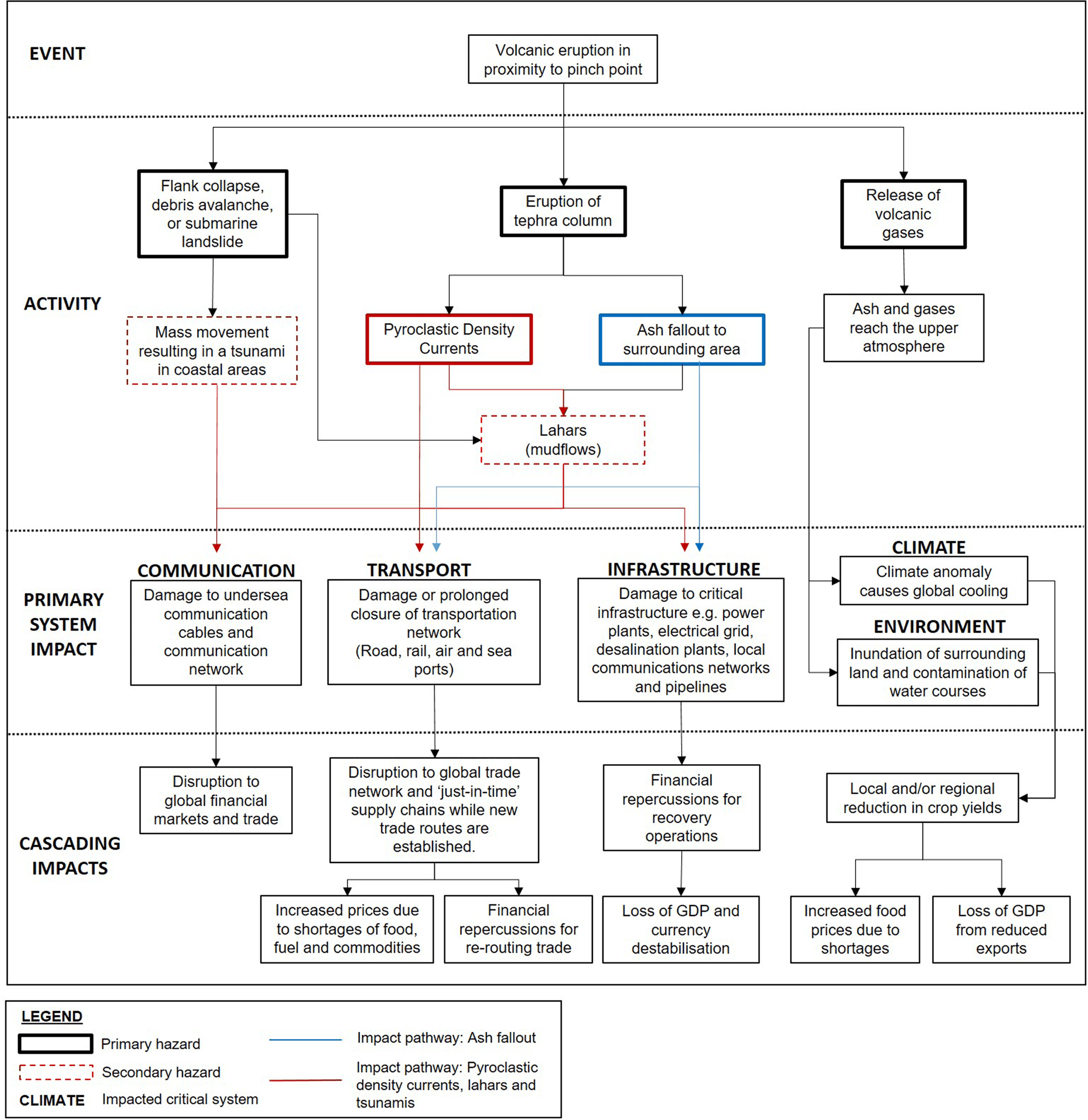While both volcanoes and earthquakes can cause damage and destruction, there are significant differences between the two. Volcanoes are openings in the Earth’s crust that eject lava, ash, and gases, while earthquakes are sudden movements caused by the release of accumulated energy. Volcanoes can cause widespread damage to buildings, infrastructure, and farmland, while earthquakes can cause buildings to collapse and trigger tsunamis and landslides. Volcanic eruptions can occur with little warning, making them difficult to predict, while earthquakes are usually more frequent and can be predicted to some extent. Adequate preparation and response planning are needed to mitigate the impact of their occurrence.
Volcanoes vs. Earthquakes: Which One is More Catastrophic?
Introduction
Volcanic eruptions and earthquakes are natural disasters that can have devastating consequences. Both phenomena can cause great damage to life and property. However, there are some significant differences between these two natural disasters that make one more catastrophic than the other.
The Science behind Volcanoes and Earthquakes
Volcanoes are openings in the Earth’s crust through which molten rock, volcanic ash, and gases are ejected. Volcanic activity occurs primarily at tectonic plate boundaries, where the plates move apart or collide. Earthquakes, on the other hand, are sudden movements of the Earth’s crust caused by the release of accumulated energy. This energy is released when tectonic plates shift or collide, causing vibrations or waves that can be felt in the surrounding areas.
Types of Volcanoes and Earthquakes
There are different types of volcanoes, including shield volcanoes, cinder cones, and stratovolcanoes. Shield volcanoes have gentle slopes and are formed by basaltic lava flows. Cinder cones are steep-sided, cone-shaped volcanoes that eject lava fragments and ash. Stratovolcanoes are large, steep-sided volcanoes that are formed by layers of ash, lava flows, and other volcanic debris.
Similarly, there are different types of earthquakes, including tectonic earthquakes, volcanic earthquakes, and human-induced earthquakes. Tectonic earthquakes are the most common and occur due to the movement of tectonic plates. Volcanic earthquakes occur as a result of volcanic activity, and human-induced earthquakes are caused by human activities such as mining or fracking.
Destruction and Damage
Both volcanoes and earthquakes can cause tremendous destruction and damage. However, the extent of the damage caused by these two natural disasters varies greatly.
Volcanoes can release huge amounts of lava, ash, and gases, which can destroy buildings, infrastructure, and farmland. In addition, volcanic ash can cause respiratory problems and disrupt air travel. Landslides and mudflows, which are common after volcanic eruptions, can also cause significant damage to surrounding areas.
Earthquakes can also cause widespread destruction, and their effects are often amplified by factors such as landslides and tsunamis. The shaking caused by earthquakes can cause buildings and infrastructure to collapse, while aftershocks can cause further damage. In addition, earthquakes can trigger volcanic eruptions or landslides, further exacerbating the damage caused.
Frequency and Predictability
Volcanic eruptions and earthquakes occur with different frequencies and levels of predictability.
Volcanic eruptions can occur with little or no warning, making them difficult to predict. However, the signs of an impending eruption, such as increased seismic activity, ground deformation, and gas emissions, can provide some warning. The frequency of volcanic eruptions varies depending on the location and type of volcano.
Earthquakes are usually more frequent than volcanic eruptions, and some areas are more prone to earthquakes than others. Earthquakes can also be predicted to some extent. Scientists use a variety of methods, such as fault mapping and seismic monitoring, to predict the occurrence and severity of earthquakes
Conclusion
Both volcanoes and earthquakes are natural disasters that can cause great damage and destruction. However, the extent and type of damage caused by these two phenomena can vary greatly. Volcanoes can cause widespread damage through the release of lava, ash, and gases, while earthquakes can cause buildings and infrastructure to collapse. While the frequency and predictability of these natural disasters also differ, both require adequate preparation and response planning to mitigate the impact of their occurrence.
